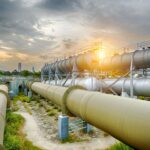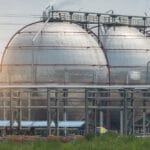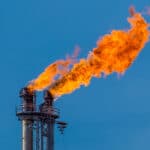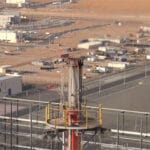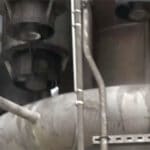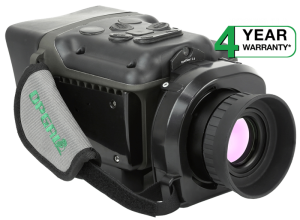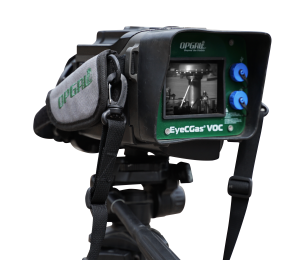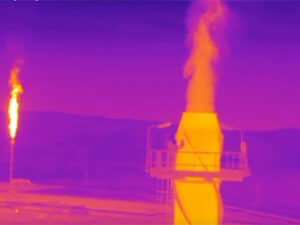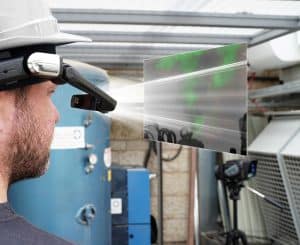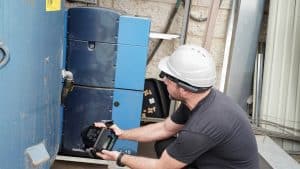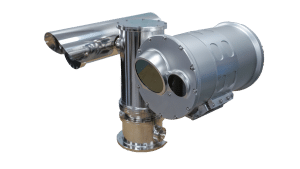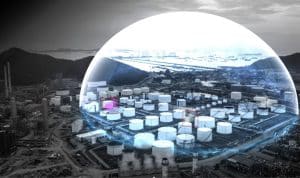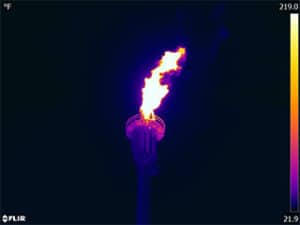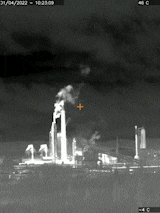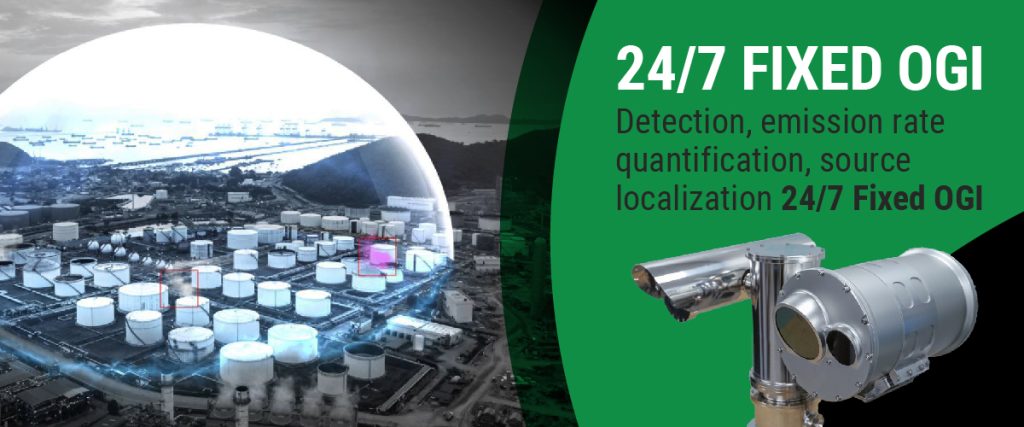Biden Administration Plans to Tighten Methane Emissions Regulations
Learn what the new regulations will require and how Viper can help
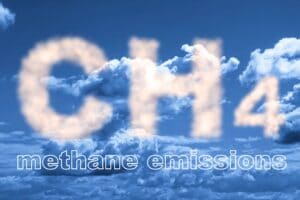
The Biden administration announced plans to significantly tighten regulations against methane emissions from domestic oil and gas drilling at the United Nations Climate Change Conference, also known as COP27, in Egypt on November 11. New regulations will require oil and gas operators to use remote sensing technology to identify and address large methane leaks and routinely monitor gas production at all well sites.
The United States is once again a global leader in confronting the climate crisis, and we must lead by example when it comes to tackling methane pollution – one of the biggest drivers of climate change.
“The United States is once again a global leader in confronting the climate crisis, and we must lead by example when it comes to tackling methane pollution–one of the biggest drivers of climate change,” Environmental Protection Agency (EPA) Administrator Michael Regan said in a statement.
The call for tighter regulations from federal agencies for companies in oil and gas operations to reduce methane emissions from flares and establish a “super-emitter response program” will allow federal regulators and approved third parties to identify and respond to significant leaks quickly. The EPA said the proposed standards would reduce methane emissions from the oil and gas sector by 87% below 2005 levels.
While methane has a much shorter atmospheric lifespan than its far more abundant carbon dioxide counterpart, it is a far more potent greenhouse gas. Methane absorbs more energy in the atmosphere than CO2, making it more efficient at trapping heat in our planet’s atmosphere. By reducing methane emissions with these regulations, we could see rapid effects on Earth’s atmospheric warming potential.
At COP26 in November of 2021, global leaders of more than 100 countries signed the Global Methane Pledge – which aims to reduce methane emissions by 30% by 2030. The United States is one of the signors, and the EPA solicited public comments and feedback from the industry over the last year and will continue to do so until February 13, 2023. A final rule will be issued later in the year.
The Solution
With it being an ultra-potent greenhouse gas, experts emphasize the importance of reducing methane (CH4) emissions.
The EPA OOOOa provides specific requirements for the type of sensors and cameras used, and Viper systems meet these requirements. For companies to comply with emission regulations, experts recommend that equipment be regularly inspected and well-maintained or updated to help reduce methane emissions. Additionally, operational procedures should be reviewed to look for ways to implement measures for leak detection and quantification. This provides the actionable data needed to make prioritized decisions.
Gas leaks exist because no one has designed a perfect way to explore, produce, transport, or store the fuel we depend on. We know we can help our customers by providing a broad range of reliable leak detection products and services. These solutions will result in safer workplaces, more profits, and better regulatory compliance – all while helping to protect the environment.
Viper Imaging Director and Co-Owner Rich Shannon shared, “Gas leaks exist because no one has designed a perfect way to explore, produce, transport, or store the fuel we depend on. We know we can help our customers by providing a broad range of reliable leak detection products and services. These solutions will result in safer workplaces, more profits, and better regulatory compliance – all while helping to protect the environment.”
Viper offers gas detection and quantification solutions that meet EPA OOOOa regulations for reducing methane emissions. Our systems not only detect leaks but also quantify the mass flow rate of the leak. While undetectable to the naked eye, leaks and greenhouse gas emissions are clearly visible with optical gas imaging (OGI). Viper systems utilize OGI cameras and integrated ViperOptic software to detect and quantify hundreds of industrial gases commonly amongst oil and gas operations. Additional features include configuration to your setting to help prevent potential false positives, adjustable sensitivity, camera filter options, and pan/tilt mounting. High-volume methane leaks can now be detected and secured easier than ever with Viper Imaging products.
According to the leading global environmental authority, the UNEP, the oil and gas industry accounts for 35 – 40% of annual methane emissions.
Some options to help meet new regulations requiring the use of remote sensing technology to identify and address methane leaks
Viper has recommendations for both portable and fixed systems – cooled and uncooled, and our application specialists can advise on the best solution for your needs. Here’s a brief overview of some options:
- Opgal EyeCGas portable camera
- Sonic Imagers
- Opgal 24/7 fixed monitoring systems
Leak detection technology continues to advance, and Optical Gas Imaging (OGI) cameras often pay for themselves rapidly. In addition to meeting regulatory requirements, OGI cameras can identify maintenance issues and monitor product storage and handling.
Our complete line of smart thermal solutions solves a host of problems that exist in the oil and gas industry today while helping you comply with tightened regulations for methane emissions. Traditional sensors cannot respond to current safety and environmental challenges, but Viper solutions will help you meet the real demands of the industry, society, and EPA regulations. Flip through the images and video clips below for some examples.
Resource Links
- Download Viper brochures: Flare Stack Monitoring & Gas Leak Detection Solutions
- Download handheld OGI camera brochure: Opgal EyeCGas
- Viper solutions: Gas Leak Detection & Quantification Systems & Flare Stack Monitoring
- Reference articles: NBC News, Science/Environment – 11/11/22 and National Geographic, Environment – 11/2/21
- Viper blog: The Importance of Reducing Methane Emissions – 1/24/22
- Submit comments to EPA regarding methane emissions reduction


